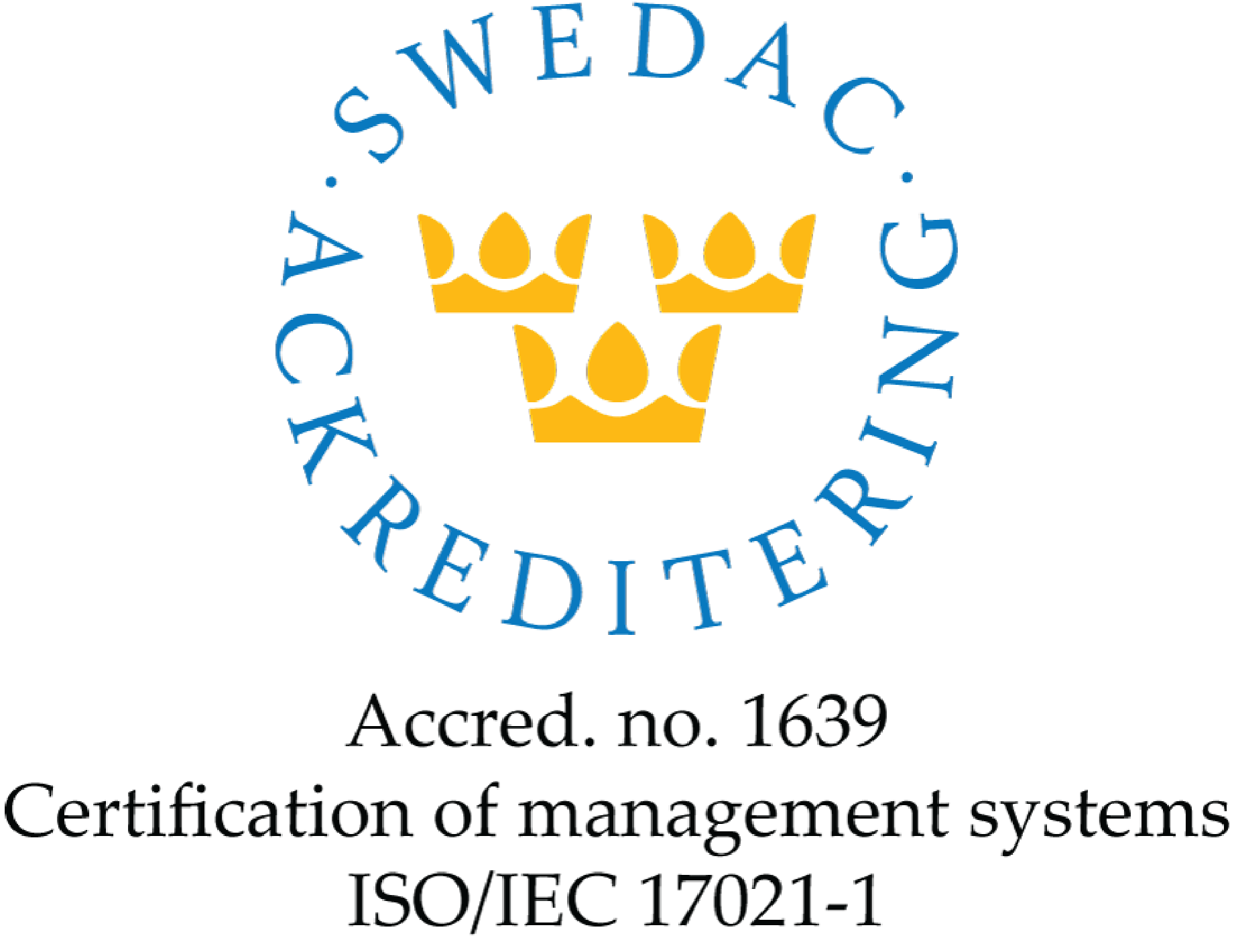Which Battery Pack is Best for Your Application?
First, determine your application needs
High-quality battery packs start from a consideration of what the battery pack is going to power. The first thing to look at is estimating the power requirements of the application.
First, figure out what voltage your application will work well at, then estimate how much current the application will draw during typical, peak, and resting periods. Applications powered by a battery pack will function best when the battery pack voltage under load is above a critical limit, usually the dropout voltage of the application’s power supply. This limit varies depending on the nature of the application and the power draw.
Higher voltage battery packs typically result in an application running smoother and with fewer problems due to increased voltage overhead and reduced currents for the same power delivery. Applications that have higher or spiky power draws can result in battery pack voltages falling below the applications working voltage and result in unexpected shutdowns, brownouts or even over-heat conditions.
The nature of the application’s power draw will govern the size and type of battery pack you will need. The power draw of the application when it’s in rest mode needs to be considered as well. Some circuitry types draw a significant amount of current during rest mode, which can result in a battery pack being shut down or depleted, even if the battery pack has never been used. An awareness of the rest mode current of the battery is needed to ensure the pack will be operational when you need it.
Which battery chemistry works best?
The next item to consider is the nature of the environment the battery pack is going to function in. Hot or cold, wet or dry, inside or outside.
Batteries tend to function best in a warm, dry atmosphere, but an application could demand that the battery pack function at temperatures down to -30C or above 60C, underwater or in a total vacuum. A battery pack that is being used exclusively indoors will have much different design requirements than one that needs to function outdoors or in variable environmental conditions.
Maritime conditions, down-hole oilfield applications or even battery packs designed for use in space or on other planets have special design requirements that are best considered as early as possible in the design phase.
At this stage, a consideration of the cell chemistry to be used in the battery pack should now be considered. There are many types of cell chemistries, generally separated into two categories: Primary (non-rechargeable) and Secondary (rechargeable). The dominant primary battery chemistries are alkaline and lithium.
Alkaline cells come in many shapes and sizes and are one of the lowest-cost battery types. They are also robust and very safe. Alkaline cells lack energy density, capacity and voltage compared to the other dominant chemistry, the lithium metal primary.
Lithium metal primary cells have the highest energy density of all battery types commonly in use and come in a wide variety of shapes and sizes. They are somewhat less safe than their alkaline counterparts and are also expensive in comparison.
The dominant secondary battery chemistries are Lead Acid, Nickel Metal Hydride and Lithium-Ion:
- Lead-acid is mostly used for starting cars and in stationary applications such as computer UPS systems. Lead-acid batteries are relatively inexpensive and have a high rate of recyclability. These batteries are capable of high discharge rates, however, struggle with applications that require deep discharges.
- Nickel Metal Hydride and Lithium-Ion chemistries are very long-lasting and, depending on the specific type, can offer very high currents. Nickel metal hydride cells have a lower energy density, are somewhat cheaper and safer than Lithium-Ion cells. Nickel metal hydride cells and batteries are not considered dangerous goods and can be shipped without restriction.
- Lithium-Ion cells have much higher energy densities, are more expensive and not quite as safe. Some Lithium-Ion cells can offer current capability tens of amps or even higher in specialty cells. Lithium-ion cells, in a properly designed battery pack can have a very long shelf life on the order of years. Batteries containing Lithium-Ion cells contain protection circuitry to prevent the cells from being exposed to potentially unsafe operating conditions.
Questions you’ll need to ask
When it comes to picking the proper battery back, there are endless possibilities and many details to consider.
How many cells in series and parallel do you need? Higher numbers of cells in series offer higher working voltages and more stable application usage. Higher numbers of cells in parallel gives longer run time. What kind of enclosure do I need, a heat shrink pack or a hard plastic? What kind of connector, a permanent mating connector or a quick-release one?
Reach out to one of our specialists to help you make sense of your application requirements.




